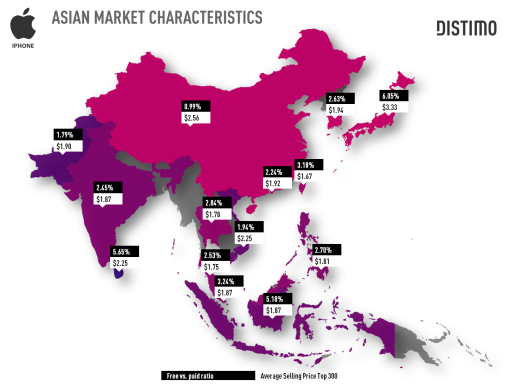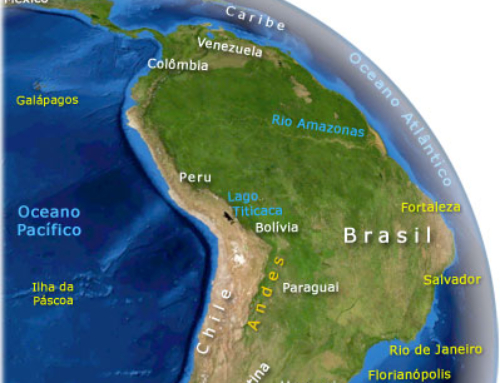To understand national cultures and how they vary depending on specific countries, the social psychologist Geert Hofstede conducted one of the most comprehensive studies of how values in the workplace are influenced by culture (Hofstede, 2012) based in 4 value dimensions.
With this in mind, we have to discover if the management style has to be altered (and how) in the case of a new CEO that begins his administration in a company with facilities in an Asia Pacific Rim, that includes 8 countries and more than 24.000 employees.
It is relative common when you assume in a company a responsibility position to think in making some changes and improvements, is to impregnate “your own way of doing things”, but some precautions have to be taken because we are talking about a wide range Asian branches with a non-negligible amount of employees.
If we look at the value dimension of Power-Distance all of these Asian Rim countries have a high level (Hofstede, 2012) in contrast to the US employees that tend to show low a one. This means that instead of the US people that like participative leadership; here in this Asian nations the employees like strong bosses, clear instructions and communication. You have to expect low levels of initiative of employees (Ball et al.,2010, p. 162).
Another dimension to see is the Uncertainty Avoidance, the US employees present low levels of this dimension, which means people have much more labor mobility and don´t feel threatened by ambiguity and are rule-oriented (Ball et al.,2010, p. 162), in this Asia Rim, the countries of Singapore, Vietnam, Malaysia, China and Indonesia have low levels too, that make them similar to the US employees. Japan, South Korea and Thailand present high levels of this dimension (Hofstede, 2012) , the precautions have to be made, because changes in this nations could receive strong resistance, making them difficult to administrate (Ball et al, 2010, p. 162).
To reinforce this point, in the year 2006 the retail companies Carrefour and Wal-Mart had to leave South Korea because they were unable to manage the demands of the powerful Korean labor unions (Ryder, 2011).
According to Michael Witt, professor Asian business of the Singapore campus of INSEAD Business School, South Korean firms have an eye towards three major stakeholders: employees, shareholders and society and “If a foreign firm isn’t able to strike a balance and please all three stakeholders, then doing business in South Korea can be extremely difficult” (Ryder, 2011).
Resources
Ball, D., Geringer, J., Minor, M., & McNett, J. (2010). International Business (twelfth edition). New York: McGraw-Hill/Irwin
Hofstede, G. (2012). insights on Hofstede’s research into national and organizational culture. Retrieved March 27, 2012 from http://geert-hofstede.com/geert-hofstede.html
Ryder, K., (2011, January 28). How to crack Asian business culture. CNN Money. Retrieved March 27, 2012 from http://management.fortune.cnn.com/2011/01/28/how-to-hang-your-shingle-in-asia/






Leave A Comment